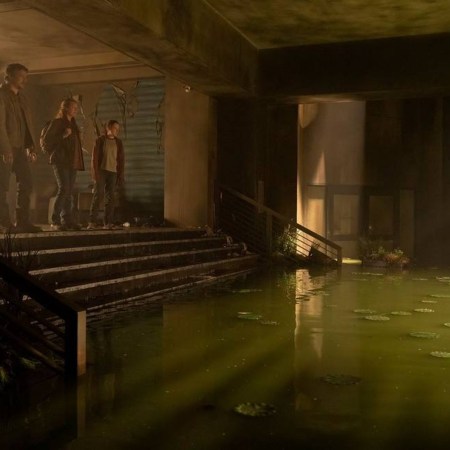From Sullivan to Lloyd Wright to van der Rohe, the roster of architects who have pieced together the Chicago cityscape is longer than a Willis Tower shadow at sundown.
Here to celebrate their indelible legacy: the first ever Chicago Architecture Biennial, a three-month-long program of events, tours, competitions and lectures celebrating America’s capital of all things edificial.
Plan on attending? Check out the calendar. Don’t plan on attending but do plan on taking a picture of a building at some point in the near future? Listen up.
We enlisted the help of five our favorite Chicago photographers for tips on how an amateur photographer can up his point-and-shoot game. Your Instagram will thank you, trust.
Michael Salisbury
@msalisbu
Far too often I see people shooting architecture without configuring their settings first. General rule of thumb: architecture should be taken at a high F-stop and low aperture (The hell’s aperture?). This way you’ll capture the sharpness and detail of the structure.
Lack of light may become an issue, so it may help to carry around a small tripod just in case.
Having a little knowledge of shutter speed (The hell’s shutter speed?) can go a long way in ensuring your photos are properly exposed. Sometimes I’ll do a bracket exposure, snapping the same photo three ways: under exposed, normal exposure and over exposed. You can either choose the best one in post, or combine all three for a more dynamic range.
Greg Foster
@gregfoster
When photographing architecture, try to find an element, detail or feature to highlight. Don’t shoot the entire building; move in close. Use framing and unique angles to crop the element in an unusual way. Use the graphic structure of the building to create a new abstract image.
Brandon Sharpe
@brandonexplores
Using a person or subject for scale within your environment can really help put the scene into perspective for the viewer. It also helps to add a humanistic touch to a scene, such that the viewer can imagine himself in the landscape.
Craig Shimala
@cshimala
Make an effort to set your alarm to wake up before the sun rises. The toughest part is waking up, but you’ll be surprised with the sights. To capture an epic sunrise, check out what time the sun is set to rise and get to your location at least a half hour before that. The time leading up to the actual sunrise is when most of the magic happens. Also keep tabs on the weather. Clear skies aren’t bad but I’ve had the best results when there are thin clouds to interact with the sunlight.
Sara Verhaeghe
@aglet
I’ve waited nearly an hour for a shot before. Position is paramount. Take time to find the right spot to capture interesting angles, symmetry and leading lines. Be patient when it’s crowded. It may take a bit for that perfect position to open up. Sometimes take a few test shots while monitoring the same spot until all the compositional elements align. By that point, I’ve figured out all the technical details so I can execute when it counts.
This article was featured in the InsideHook Chicago newsletter. Sign up now for more from the Windy City.





















